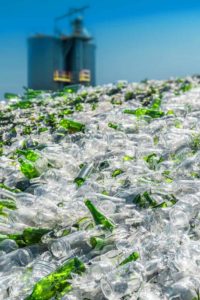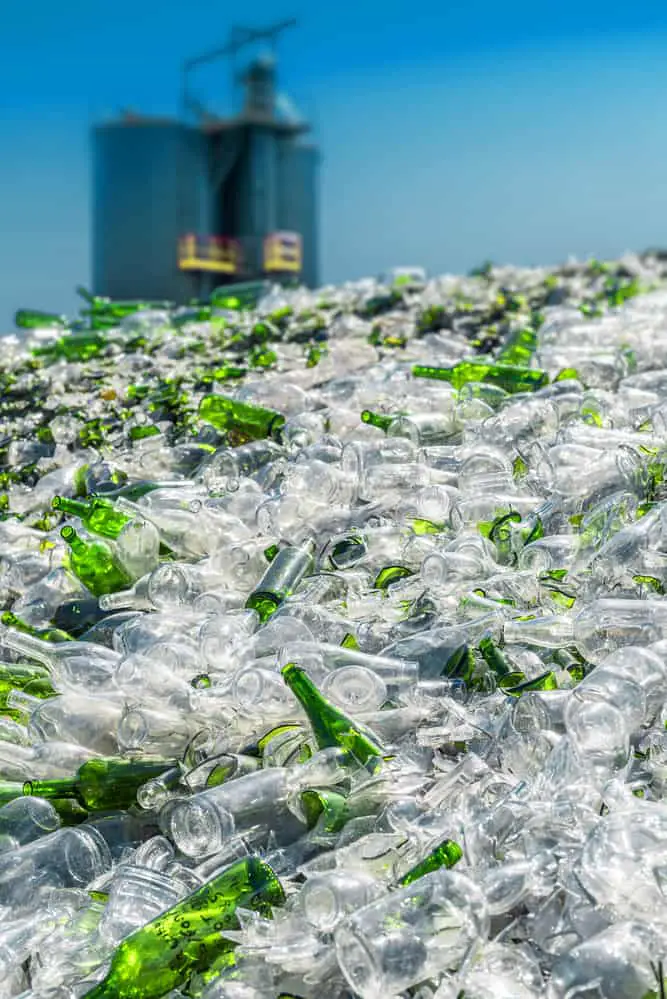Glass Does Not Lose Purity or Quality In The Recycling Process

When it comes to glass, the recycling loop is infinite. Glass can be recycled continually without loss in purity or quality. Now to clarify, we are talking about glass bottles and jars. Other kinds like Pyrex and windows are not manufactured through the same process. If these were introduced into the glass manufacturing process, they could cause defects and production problems. The approach of any recycling program is to create contaminant-free recycled glass. The way glass is sorted also makes a huge difference. So, make sure to separate your glass by color when you bring it down to a glass recycling center near you.
The glass recycling loop consists of several steps. First, recyclables are placed in curbside bins, recycling containers, and/or brought to recycling drop-off locations where they are collected. They are then delivered to a material recovery facility and separated by their material types. From there it is sent to a glass processing company where it is separated from trash and sorted by color. Glass that is recycled is then sold to container manufacturers and formed into new jars and bottles. Finally, consumers buy beverages and food that come in glass packages.
Glass is made from sand, soda ash, limestone and cullet, which is another name for furnace-ready recycled glass. The only material used more in glass manufacturing is sand. All these materials are mixed, and then heated to a temperature of 2600 to 2800 degrees Fahrenheit. Once it reaches the right temperature, it is molded into the desired shape. All this recycling helps to reduce emissions, and the depletion of raw materials. It also helps to extend the life of all the equipment used, like furnaces. And all around simply saves energy.
Saving natural resources is an insanely important thing to try and accomplish; recycling glass lends a huge hand in that effort. In fact, for every ton of glass recycled, a ton of natural resources are saved. For every 10% of cullet used in the manufacturing process, energy costs are reduced by 2-3%. When it comes to carbon dioxide, for every 6 tons of recycled container glass used in the manufacturing process, 1 ton of carbon dioxide gets reduced. It really starts to add up, considering that fiberglass and containers industries buy 3 million tons of recycled glass every year, which is then melted and re-purposed for use in the production of fiberglass products and various original containers.
There are roughly 46 glass manufacturing plants and 50+ glass processing plants where recycled glass is cleaned, sorted, and sold to manufacturing companies. As with aluminum, states that have container deposits enjoy a much higher rate of recycling, nearly three times the rate as that of states without deposits. Glass has followed aluminum in weight reduction as well, reducing by 40% over the past three decades, and is similar in having an incredibly large percentage (95%) of recycled material substituted for raw materials. Some 80% of glass is said to be recovered for recycling and use in the manufacturing of new glass containers. The process of glass recycling also creates many new jobs, so when you are finished with that bottle or jar, place it in the recycling bin and once you have a decent sized collection, bring it on down to your nearest glass recycling center.


Do lids need to be removed?
How much do I have to pay to get a percentage of the recycled glass?